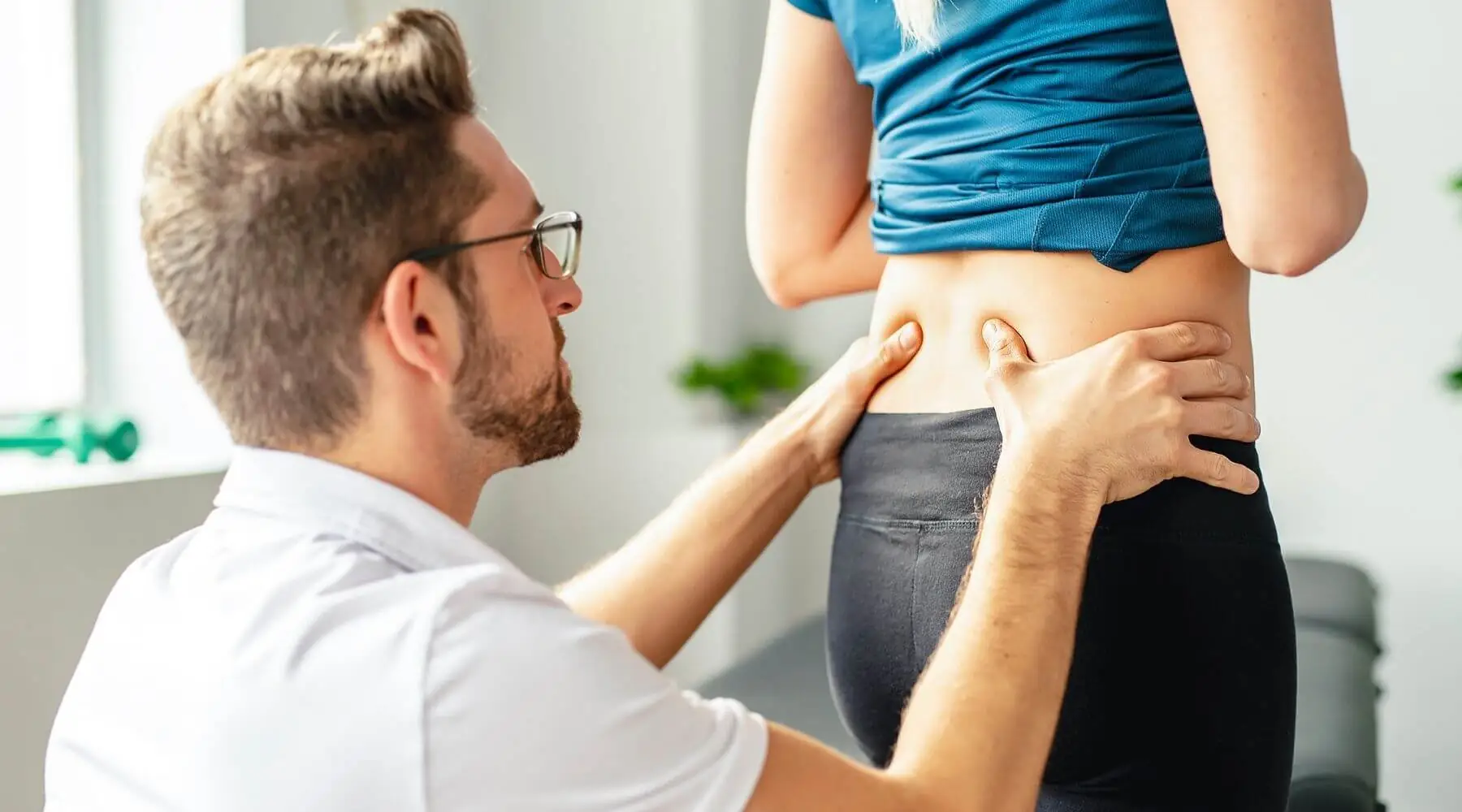Hip Physical Therapyin Louisville, Evansville & Southern Indiana
Hip pain can be caused by problems with your hip joint. This type of hip pain tends to be felt on the inside of your hip or in your groin. Hip pain can also be caused by problems with the muscle, ligaments, tendons and other structures that support your hip joint. If hip pain associated with these problems, it tends to occur on the outside of the hip or the upper thigh. Diseases and conditions in other areas of your body can sometimes cause hip pain, and is called referred pain.
Information courtesy of the American Physical Therapy Association.
Physical Therapy for Hip
Through our lifetimes, our hips experience a great amount of wear and tear. They are built to withstand a great deal of activity and they are very durable, however they are still susceptible to injuries. Hip pain can be very debilitating and can make it difficult to go to work, drive, or even walk. Seeing a PT can help provide healing and pain relief whatever the cause of your hip pain. Whether you are recovering from a hip surgery or looking for ways to exercise with a difficult hip, physical therapy provides all kinds of solutions for pain free movement. An injured hip can make movement extremely hard to do but a physical therapist can help you return to an active life with no limitations.
Main Causes of Hip Pain
Hip joints and muscles go through a great deal of use during a person’s lifetime. Pain within the hip could be the result of a fracture from a traumatic injury like a fall. This becomes more common with age as the bones in the hip break down and become weaker. Inflammation of a tendon or strain of a muscle are also a common cause of pain within the hip especially in athletes or patients who are very active. Arthritis is another very common cause of hip pain. This can occur when the cartilage in your hip breaks down and the hip joint becomes inflamed resulting in pain that progressively worsens. Hip impingement can also seem very similar to arthritis but is something that may require different types of treatment. It is important to see a PT to determine the cause of your hip pain and the best course of treatment.
Stretches for Hip Discomfort
While some hip injuries can be helped with rest, ice, and anti inflammatories, more serious conditions or injuries require hands-on medical care. Low impact exercises and stretches have proven to be very effective pain relief especially for patients with arthritis. Hip extension and hip flexion stretches as well as hip rotation exercises reduce pain and improve range of motion. Swimming has also proven to be an excellent exercise to improve hip pain. A treatment plan should be discussed and established with a licensed physical therapist. Physical therapy can provide more stretches and exercises to help build strength and reduce pain.
Physical Therapy for Hip Pain
Hip pain can prevent you from day to day activities and keep you from living your best life. Seeing a Physical Therapist can help reduce your pain level and improve your flexibility and range of motion. Not only does physical therapy allow for pain free movement but it strengthens your hip and prevents the possibility of reinjury. Start your treatment at ProRehab today!

